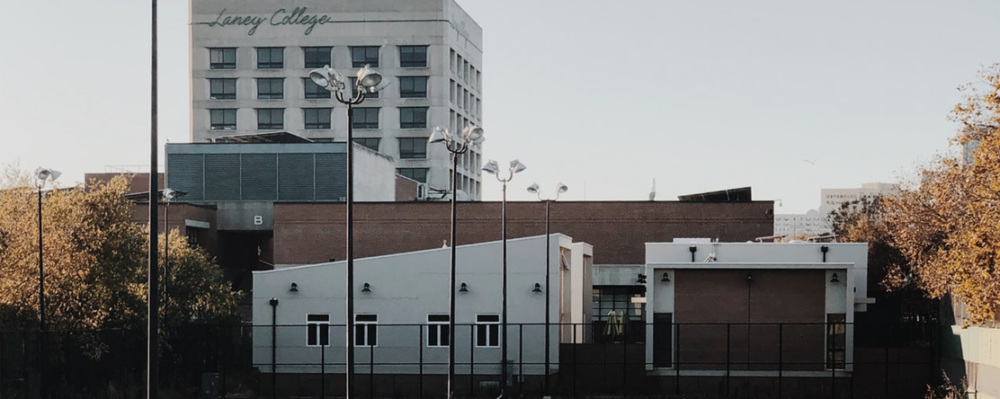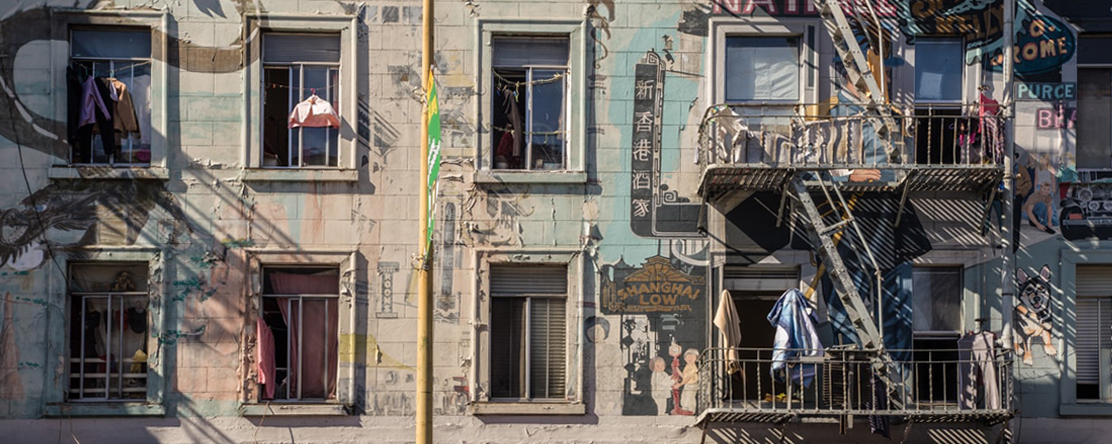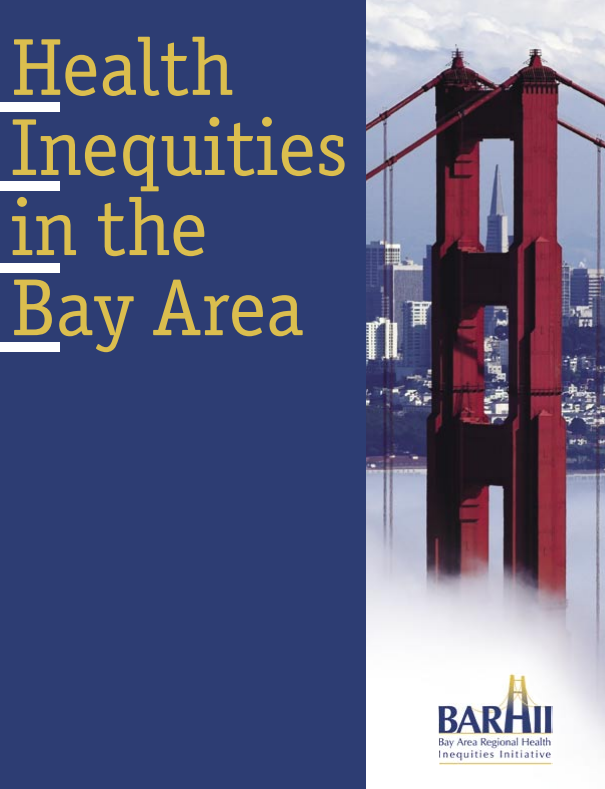
Health Inequities in the Bay Area
-
Focus Areas
Chronic Disease Prevention, Environmental Health, Health Care & Population Health, Healthy Communities -
Issues
Cancer, Heart Disease, Population Health -
Programs
Bay Area Regional Health Inequities Initiative(PHI program 2002-2017)

 The odds of being healthy can depend very much on which community you live in. People who live in West Oakland, for example, can expect to live on average 10 years less than those who live in the Berkeley Hills. Similarly, people who live in Bayview/Hunters Point can expect to live on average 14 years less than their counterparts on Russian Hill, while residents of Bay Point can expect to live on average 11 years less than people in Orinda.
The odds of being healthy can depend very much on which community you live in. People who live in West Oakland, for example, can expect to live on average 10 years less than those who live in the Berkeley Hills. Similarly, people who live in Bayview/Hunters Point can expect to live on average 14 years less than their counterparts on Russian Hill, while residents of Bay Point can expect to live on average 11 years less than people in Orinda.
Understanding the significant role the physical and social environment plays in shaping our health helps answer the question of why the United States spends more per capita on health care than any other country in the world yet ranks 30th in life expectancy. We now know that our prospects for a long and healthy life are very much tied to where we live, and to our income and wealth, race/ethnicity, immigration status and education, to the degree of inequality in society and to other “physical and social determinants” of health.
Produced through PHI's Bay Area Regional Health Inequities Initiative (BARHII), this report is an attempt to show how a large set of factors influences health in the nine-county Bay Area, and also to suggest the kinds of policy initiatives and activities that will be crucial for both reducing the disparities and improving overall health.
The report also provides recommendations and examples of the kinds of activities local health departments can engaged in to begin to address these issues and improve the lives of everyone living in the Bay Area.
This report was produced by the Bay Area Regional Health Inequities Initiative (BARHII), a collaboration of senior officials, managers and staff from eight health departments in the Bay Area, and was made possible by funding from The California Endowment and the East Bay Community Foundation. BARHII is a project of the Public Health Institute.
Work With Us
You change the world. We do the rest. Explore fiscal sponsorship at PHI.
Support Us
Together, we can accelerate our response to public health’s most critical issues.
Find Employment
Begin your career at the Public Health Institute.


